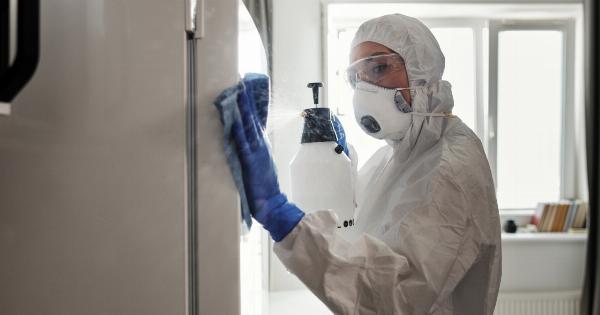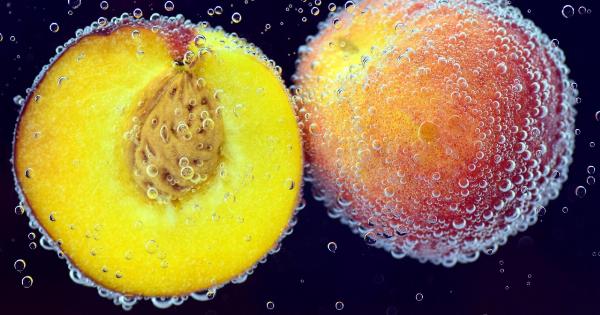Honey is considered as one of the healthiest foods available in the world. It is not only tasty but also has medicinal properties. It has been used for centuries to treat various ailments because of its ability to fight against bacteria.
It is believed that honey can kill almost all the bacteria present in its environment. But, is it true? Do bacteria have any resistance to honey? In this article, we will discuss what common bacteria withstand honey.
What is honey?
Honey is a sweet viscous substance produced by bees from the nectar of flowers. It is composed of glucose, fructose, and sucrose. Honey also contains amino acids, vitamins, and minerals.
It has antioxidant and antibacterial properties that make it a popular food and medicine. Honey is used to treat various ailments, including coughs, sore throat, and wounds.
How does honey kill bacteria?
Honey has a unique property that enables it to kill bacteria. It is hygroscopic, which means that it absorbs water from the environment. This property makes honey a hostile environment for bacteria because bacteria need water to grow.
Honey also has a low pH, which inhibits the growth of bacteria. The high sugar content of honey binds to water, making it unavailable to bacteria, thereby preventing bacterial growth. Honey also contains an enzyme called glucose oxidase, which produces hydrogen peroxide, a potent antibacterial agent.
: Common bacteria that withstand honey
While honey is an effective antibacterial agent, some bacteria can still survive in honey. These bacteria have developed a mechanism to withstand the hostile environment of honey. Here are some of the common bacteria that can withstand honey:.
: 1. Clostridium botulinum
Clostridium botulinum is a spore-forming anaerobic bacterium commonly found in soil. It can cause botulism, a serious and potentially life-threatening illness.
While honey has been used to prevent the growth of Clostridium botulinum, some strains of the bacterium are resistant to honey. These strains can survive in honey and produce toxin, which can cause botulism in infants.
: 2. Salmonella
Salmonella is a group of bacteria that is responsible for causing foodborne illness. While honey has been shown to be effective against Salmonella, some strains of the bacterium can withstand the hostile environment of honey.
These strains have developed a mechanism to survive in honey and can cause foodborne illness if consumed.
: 3. Escherichia coli
Escherichia coli is a bacterium commonly found in the intestines of humans and animals. Some strains of Escherichia coli can cause serious illness, including diarrhea, kidney failure, and even death.
While honey has been shown to be effective against Escherichia coli, some strains of the bacterium can survive in honey and cause illness if consumed.
: 4. Staphylococcus aureus
Staphylococcus aureus is a bacterium commonly found on the skin and in the nose of humans. It can cause a range of infections, from minor skin infections to life-threatening bloodstream infections.
While honey has been shown to be effective against Staphylococcus aureus, some strains of the bacterium can withstand the hostile environment of honey and cause infections.
: 5. Pseudomonas aeruginosa
Pseudomonas aeruginosa is a gram-negative bacterium commonly found in soil and water. It can cause a range of infections, including skin infections, pneumonia, and bloodstream infections.
While honey has been shown to be effective against Pseudomonas aeruginosa, some strains of the bacterium can survive in honey and cause infections.
: Conclusion
While honey has the ability to kill almost all the bacteria present in its environment, some bacteria have developed a mechanism to withstand the hostile environment of honey. These bacteria can survive in honey and cause illness if consumed.
Therefore, it is important to store honey properly and consume it within the recommended time frame to prevent the growth of bacteria.































